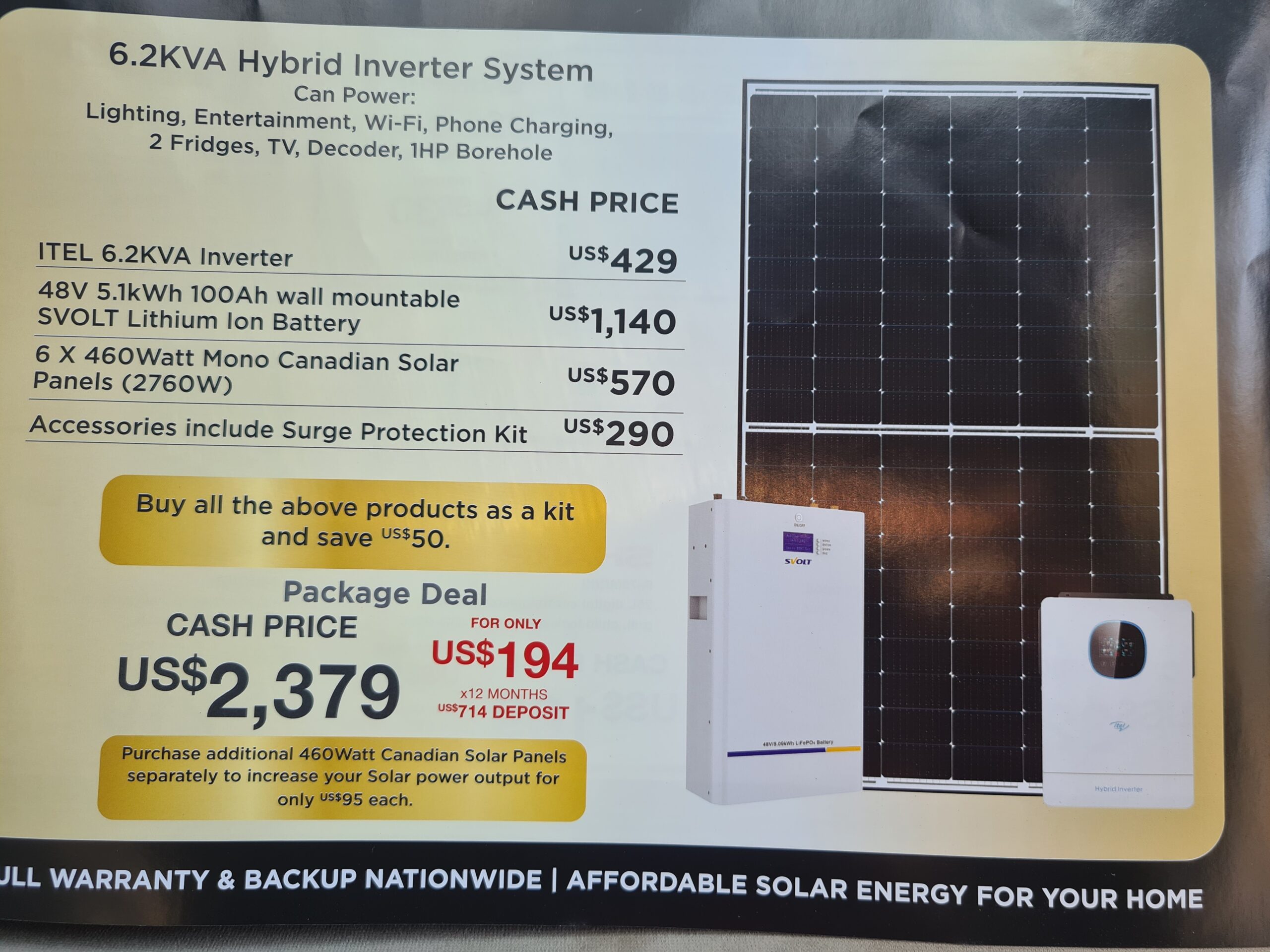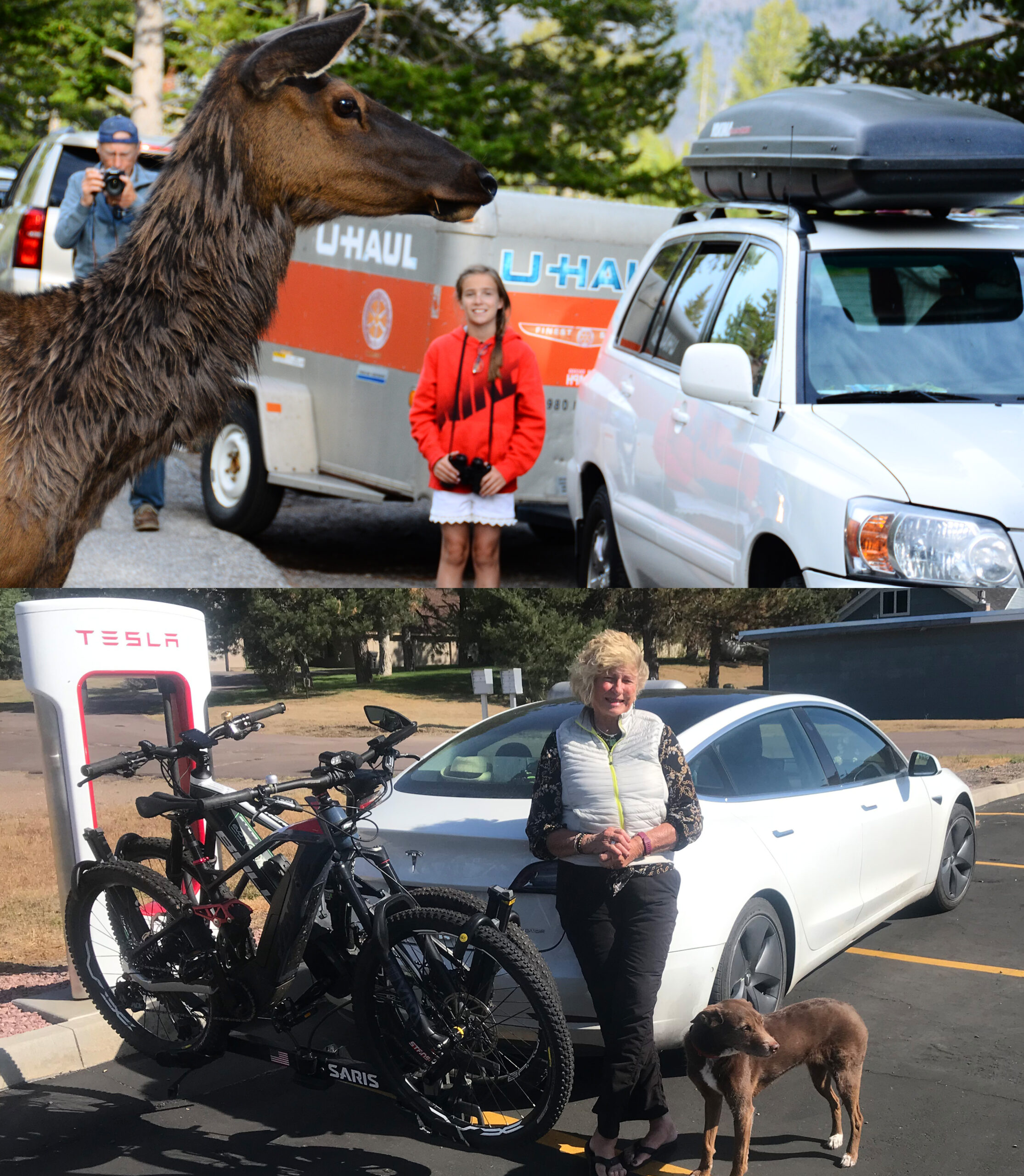Sign up for daily news updates from CleanTechnica on email. Or follow us on Google News!
A number of Tesla stories have popped up in recent days that apparently didn’t inspire writers too much, as no one picked them up to cover them. However, it seems we should cover them all, briefly at least. So, below are five Tesla stories you can quickly catch up on.
Tesla Non-Recall Recall
First of all, we’ve got the “recall.” When we think of automobile recalls, we think of owners having to bring their cars into a service provider in order to change out a part or fix something. Often, when it comes to Tesla, there’s no need for that — there’s just a software update. These kinds of updates are so simple for owners that they are nearly invisible. Your car updates itself when on WiFi, and then you have to “install” the update (click a button) sometime when the car is going to be parked for a while.
The latest Tesla recall was apparently a big one, affecting 1.85 million Tesla vehicles in the US. However, it was one of these software updates that I immediately forget about. It was to fix some kind of potential software issue where your hood could be unlatched and fly open while driving, potentially obstructing one’s view of the road. Though, it doesn’t seem this happened to anyone in the US.
“The updated software detects an open hood and alerts drivers,” Reuters writes. I’m sure I’ve been notified of an open hood before, so it’s hard to imagine when this might have been a problem or what might have been changed in the UI/vehicle communication system.
“The recall affects 2021-2024 Model 3, Model S, Model X, and 2020-2024 Model Y vehicles. The vehicles, Tesla said, were equipped with a hood latch produced in China by Magna Closures Co Ltd.
“The automaker said it began investigating customer complaints of unprompted hood opening instances in certain Model 3 and Model Y vehicles in China in March, and initiated a latch hardware recovery and in-service vehicle inspection.”
Fewer issues were identified in the US and Europe, but Tesla began investigating it in recent months issued a recall/update here as well.
Tesla “Full Self Driving” (FSD) in Use During Motorcyclist Death
Before we get further into this, let’s acknowledge that there are always going to be vehicle deaths. In the safest vehicles in the world — trains and planes — there are still human deaths from uncommon crashes. (And even with planes, if someone doesn’t fly much, they’re often scared of the plane crashing.) One issue with new technology is that it typically scares a lot of people. One of the concerns with robotaxis is actually that backlash to initial deaths will stall progress even if robotaxis are much safer. Of course, robotaxi companies are working hard to prevent any such deaths in the first place.
Naturally, Tesla doesn’t yet provide true full self-driving capability or robotaxis, but it is supposed to be doing so soon. A recent story concerning the use of Tesla “Full Self Driving” (FSD) earlier this year, though, could bring us back to the concerns noted above. That said, so far, I’m not seeing massive public outcry about it. It’s been determined that a Tesla using FSD killed a motorcyclists in Seattle in April. “Investigators from the Washington State Patrol made the discovery after downloading information from the event-data recorder on the 2022 Tesla Model S, agency spokesman Capt. Deion Glover said Tuesday,” The Associated Press reports. At this point, anyone using FSD is supposed to be closely monitoring it and is supposed to intervene whenever needed. “After the crash in a suburban area about 15 miles (24 kilometers) northeast of Seattle, the driver told a trooper that he was using Tesla’s Autopilot system and looked at his cellphone while the Tesla was moving.” Clearly, any responsibility is going to be put on the driver here, but it’s certainly not a good sign for FSD that it didn’t identify this cyclist on time (or at all) and they were killed by the Tesla.
Wall Street Analyst Tests FSD and Not Impressed
Still on the topic of FSD, Elon Musk has impressed upon Wall Street analysts on a few occasions that they should try FSD in order to better understand the company and where it’s headed. William Stein, an analyst with Truist Securities, has done so, and he was not impressed. In a note published on July 29, he started off his summary with, “No better, arguably worse, than last time.” He added:
“In TSLA’s (Hold) 1Q24 earnings call, CEO Musk told investors that they needed to understand the company’s ability to “solve” autonomy by testing its autonomous driving software, FSD V12. Our review characterized it as stunningly good, but not useful today. In the 2Q24 earnings call, management reiterated its comments, so we tested what we believe is an updated version, v12.3.6. In our opinion the newest version is still stunningly good, but does not “solve” autonomy. The shortcomings that we observed make it challenging to imagine what TSLA will reveal in its RoboTaxi event in October.”
Getting more specific, Stein wrote: “For example, the Model Y accelerated through an intersection as the car in front of us had only partly completed a right-turn. My quick intervention was absolutely required to avoid an otherwise certain accident,” he wrote. “Another intervention was required when a police officer used hand motions to signal to us to pull to the side of the road to allow a funeral procession to pass. A third intervention was less of a requirement and more of a convenience. Finally, in a section of our route, the highway was curvy and narrow, and had a solid white line separating lanes, signaling a prohibition against lane changes. Still, the Model Y switched lanes twice under that condition.”
As someone who has had FSD for about 5 years, I can say that it has improved immensely in that time and seems to really be getting close to actual full self driving. However, it still has problems, even with the latest update. So, I don’t see anything that abnormal from Stein’s note to investors.
That said, based on how high Tesla’s market cap is compared to its automotive business, I do assume a huge portion of investors are betting on Tesla making a fortune on AI and robotaxis. We’ll see….
Tesla Summon Smashes Model Y’s Rear Window
Demonstrating that a Tesla’s cameras don’t accurately scan every square inch of space around the car, a Tesla Model Y owner’s recent experience is a good warning to be very careful with Tesla’s Summon feature.
This person has an unusual cupboard of sorts coming down from the ceiling above the parking spaces in the garage where he … er, his car … was parking. The car just kept backing up, though, and the rear window was shattered.
I summoned my Model Y to back into a parking space and it couldn’t detect the garage above…
Oops.. @elonmusk pic.twitter.com/4zMesxqQ9l— Seth Blincoe (@titostacos98) July 25, 2024
Interestingly, though, this is also a case where the owner didn’t mean to use Summon. It seems he accidentally clicked the Summon button in his pocket or something. “Just a day before the incident, I flipped the setting where you don’t have to hold the button down on my phone. So after I summoned it the first time and I walked away. I accidentally pressed it again and then all I heard was a big POP,” he wrote.
Yikes.
Biden’s Early Snub of Musk
Last but not least, the Wall Street Journal (WSJ) came out with a report about the Biden administration’s early snubbing of Elon Musk. A former Tesla executive, UAW reps, and others contributed background and quotes for the story. The short summary is: “Biden officials didn’t want to anger the powerful United Auto Workers union, which leaned on the White House to keep its distance from Musk.”
“We made it clear to the administration about where things were,” a former UAW official said, and “we didn’t have to make an ultimatum. They understood.”
The most notable and widely discussed portion of this story is when Biden held an “EV summit” early in his presidency in which Tesla wasn’t invited or mentioned. At that event, Biden said Mary Barra and GM were “leading” the switch to EVs in “the entire automobile industry.” Ironically, in the 4th quarter of that year, 2021, GM delivered 26 electric vehicles (due to a battery supply chain issue that paused deliveries and required changes to GM EV models) while Tesla delivered about 115,000 electric cars in the United States.
Now, policy on EVs since then have benefited Tesla a great deal. Tesla buyers had lost the ability to get the $7,500 tax credit long before that, while people buying many other EVs could still get that. The Inflation Reduction Act of 2022 brought Tesla back into the fold and made its vehicles eligible for consumer tax credits again. Also, various subsidies for battery production as well as battery mineral mining and refining have been of great help to Tesla. However, many Tesla fans, and Elon Musk himself, have been bitter about that initial “EV summit” snub and have not been fans of Biden, or even been hostile toward him, since then. It’s a bit surprising to me since Tesla has benefited in substance even if it wasn’t part of that marketing event, but it’s also clear how this came about and I still consider it one of Biden’s worst mistakes politically, if not his worst.
Have a tip for CleanTechnica? Want to advertise? Want to suggest a guest for our CleanTech Talk podcast? Contact us here.
Latest CleanTechnica.TV Videos
CleanTechnica uses affiliate links. See our policy here.
CleanTechnica’s Comment Policy






